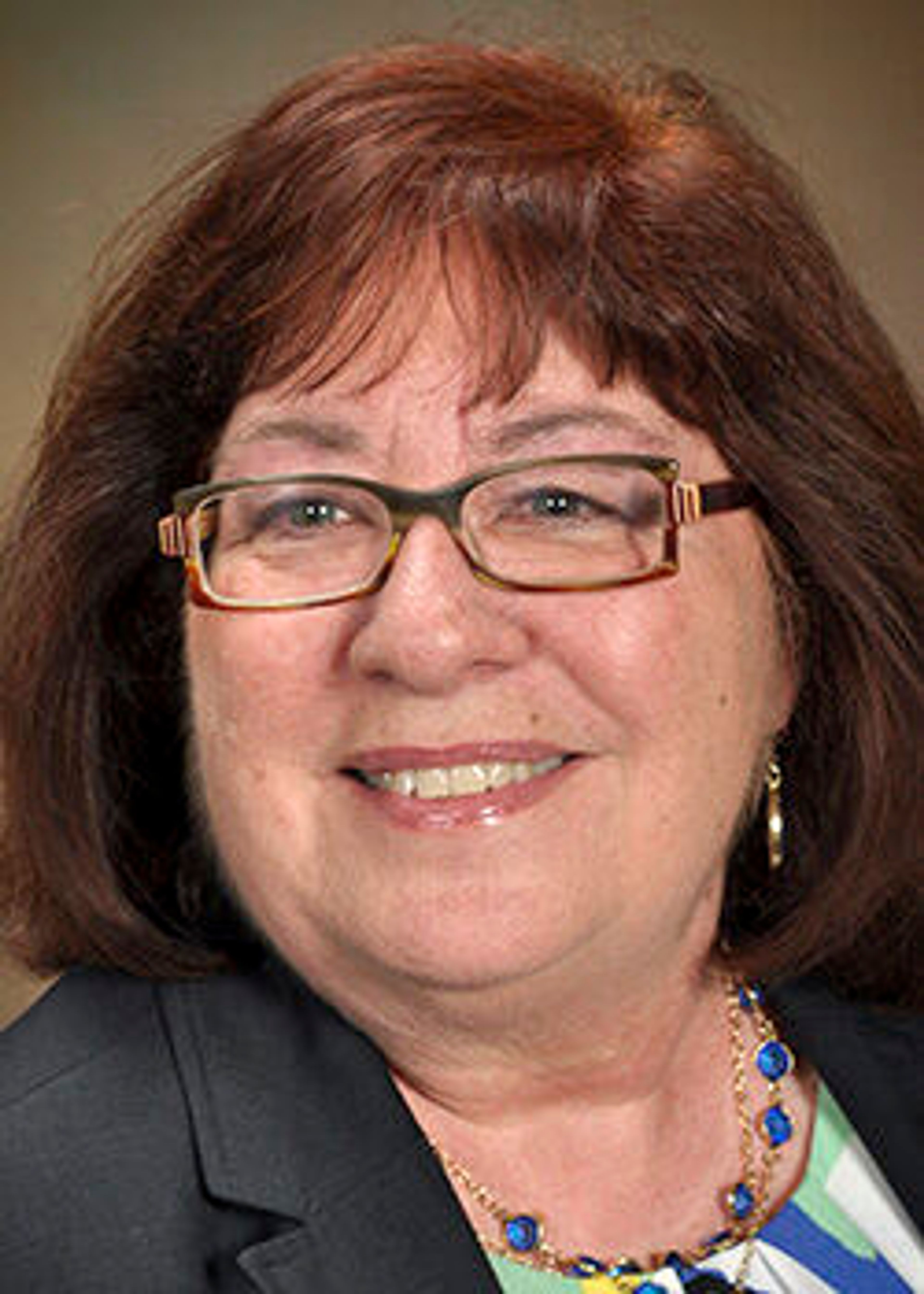“What are your natural disasters?”
The question came as a shock. I was talking with someone in South Texas, the chatty question came up while she was looking up an answer for me. Where she lives, tornadoes and hurricanes are common; she expressed concern about my answer of forest fires.
Thinking about it, conversations about natural disasters are now a normal thing, growing in importance as climate conditions are altering. Just this year, the National Centers for Environmental Information said there have been more destructive tornadoes in the U.S. with 859 twisters on the ground, at least 16 were classified as EF-3 (wind speeds of 136-165 mph) and two EF-4 (wind speeds of 166-200) as of May 27. This compares with average of 182 tornadoes in the same time frame from 1991-2020.
The National Weather Service is predicting a very active hurricane season with an expected 25 named storms. Locally, the weather service is warning this will be a dangerous fire season in the Inland Northwest because of the ongoing drought conditions and lack of snowpack.
Once upon a time, there would not have been a good answer as to “why.” Today it is known as climate change.
Climate change is serious and means more than warmer summers and colder winters. It also means damage to infrastructure, property, agriculture and human health. The World Economic Forum (WEF) predicts the global cost of damage will be between $1.7 trillion and $3.1 trillion by 2050. This translates into an average cost of between $5,200 to $9,500 for every U.S. resident.
During the past 20 years, the WEF said weather events such as hurricanes, tornadoes, flooding and fires have cost an estimated $2.8 trillion, which WEF economists broke down to an estimated $16.3 million per hour.
This is the financial cost, what about the cost to human health?
Looking at 185 extreme weather events between 2000 and 2019, WEF said there were 60,951 human deaths linked to climate change. And the numbers keep going up.
Environmental Protection Agency says climate change contributes significantly to increases in respiratory and heart diseases, pest-related diseases (such as Lyme disease), and food and water-related diseases and deaths. The EPA also said climate change has increased violent crime and overall mental health.
But how does this translate into everyday living?
The costs of rebuilding from natural disasters means the costs of building materials go up everywhere, not to mention potential supply shortages. After Hurricane Katrina in 2005, finding lumber and other building materials plus glass for windows was nearly impossible for more than a year.
Natural disasters also wreak havoc on agriculture. From flooded fields to drought conditions, crops destroyed by high winds, rain or fire, the loss of food resources is serious. The UN’s World Food Program explains food availability, access, diversity, safety and nutrient value are all affected by climate shocks. This also contributes to the increase in food prices.
There is so much more, and yes — it is exhausting to think about it. But there is some possible good news on the horizon.
This past month, the National Science Foundation awarded a $15 million, six-year grant to the University of Idaho to examine climate change related to forest fires. Specifically, the Embedding Molecular Biology in Ecosystem Research (EMBER) will examine how ecosystems respond to climate change.
Similarly, the Center for Sustainable Agriculture and Natural Resources at Washington State University is looking at how agricultural practices contribute to climate change and what can be done to correct the issues.
There are many more such programs at UI, WSU and other universities and corporations around the Pacific Northwest.
What can the average person do? First and most importantly, be aware and stay informed about the issues. Hold oneself accountable for actions which may increase climate change conditions. This can be as simple as making sure a campfire is properly out.
Travel smarter, think about the carbon footprint, whether it be driving on an errand or flying on vacation. Every carbon footprint matters. This doesn’t mean walking everywhere or buying an electric car; it means thinking about trip chaining — doing several errands at once rather than spreading them out over multiple days.
Climate change is here, but it can be mitigated. We humans just need to find and use the resources to make it happen.
Tallent was a journalism faculty member at the University of Idaho for 13 years before her retirement in 2019. She is of Cherokee descent and is a member of both the Indigenous Journalists Association and the Society of Professional Journalists. She also writes for Faith and Values News (spokanefavs.com).








